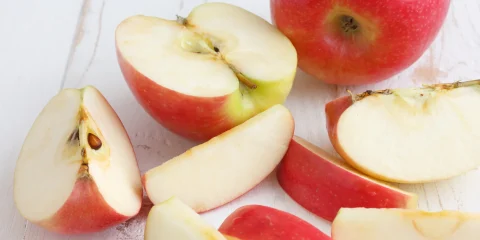Dietary Planning and Safety for International Travel
By Samantha Seaman |

If you’re planning a trip to Mexico, one thing you’re likely looking forward to is the food. Mexican cuisine, after all, is world-famous. However, dining in Mexico is a lot different than you might expect. Food service and dietary habits differ south of the border. Americans who don’t prepare might face trouble when adjusting to the Mexican palate. What are some of the steps you should take to avoid problems with your diet while traveling?
At the end of the day, adjusting to a new food culture isn’t difficult. Still, you should know what to look out for.
Familiarizing Yourself with Mexican Dietary Practice
We all are familiar with certain Mexican food. Tacos, enchiladas, nachos, guacamole—the list is endless and quite tasty. But authentic Mexican cuisine is much broader than what you’ll find at your local drive-thru.
When traveling in Mexico, you’ll likely encounter certain foods you don’t eat regularly. For example, the cactus remains a staple of many Mexican palates. In America, many diners rarely consume this delicacy. Nevertheless, you’ll still find a cuisine rich in tomato, avocado, corn, beans, pork, beef and rice. Chances are, you can find some of your favorite international dishes wherever you go.
The biggest obstacle Americans might experience with Mexican food is the differences in preparation. These risks can occur anywhere, not just in Mexico. The point is that if a traveler is not aware of what is in the food they are eating, that could pose a problem.
Let’s suppose someone has a food allergy triggered by eating certain chili peppers. These are a common seasoning in Latin America. However, you might not be able to tell it’s in your food just by looking at the dish in front of you. Furthermore, the risk of cross contamination with other dishes always exists. This means a chili in another dish might contaminate your food, increasing the risk of a reaction.
The good news is, most restaurants can accommodate diners with certain needs. If they cannot, they’ll often tell you. Still, let yourself be the judge. If you don’t feel comfortable eating something, don’t.
Raw Food Consumption and Preparation
Agricultural and sanitation rules differ in Mexico. That’s not to say they are improper. However, Americans might still face certain hazards they might not encounter back home. Those who plan to buy food to prepare should use their own judgement on whether it’s safe to consume.
You can buy food at reputable shopping centers in any major city. You’ll generally find the food well-maintained and packaged. Still, one recommendation is for travelers to not consume raw food that doesn’t have peels. These generally include all types berries, and many raw dairy products also make the list. Frozen food, however, is generally safe.
As a bottom line, all cooks should wash and prepare food as thoroughly as they would at home. In many cases, you can buy food sanitizer, Microdyne, in stores. This will help add an extra layer of cleanliness to your food.
Water Consumption
Of all food to avoid in Mexico, your water consumption should take top billing. Simple tap water, though sanitized, is often not safe for consumption. Bathing isn’t a problem. However, regularly drinking the water might be. Indeed, many locals also don’t consume standard tap water.
Travelers should rely on bottled water for drinking and brushing their teeth. Hotels provide it, and you can find it in all convenience stores. In other cases, purified water will suffice. Most restaurants and hotels use purified water for preparing food and making drinks. However, not all will. Diners should use extra caution when eating raw or washed food. Travelers should ask their providers if they sanitize, boil or use purified water.
As always, the standard rule will apply. If you don’t feel comfortable eating something, don’t.
Medical Safety Preparedness
All travelers should embark with ample supplies of their prescription medication. Also carry standard travel medication, like painkillers, airsickness drugs, medication for an stomach stomach, vitamins or allergy pills. You can generally transport travel-sized medication across the border.
Mexican pharmaceuticals differ from their American counterparts. On a positive note, many Americans can buy prescriptions at lower rates in Mexico. Sometimes, you can even buy medication over the counter in Mexico that would require a prescription at home. It’s a lucrative industry, but not one without its flaws.
Those who buy medication of any kind across the border should be careful. Counterfeiting exists, and certain drugs might contain ingredients not yet approved in the U.S. In other words, it could be dangerous. When trying to transport it, you might run into problems with customs, and that’s something we all want to avoid. Only obtain prescription medication with the approval of a physician.
It’s almost always best to stick with what you know. Take only medication with which you are familiar. Only buy from reputable pharmacies. Many resort hotels contain travel shops, in fact.
Whatever you do, make your trip to Mexico a success by paying attention to your consumption. It’s not difficult, but you will need to pay attention.
Ready To Get A Quick Quote?

